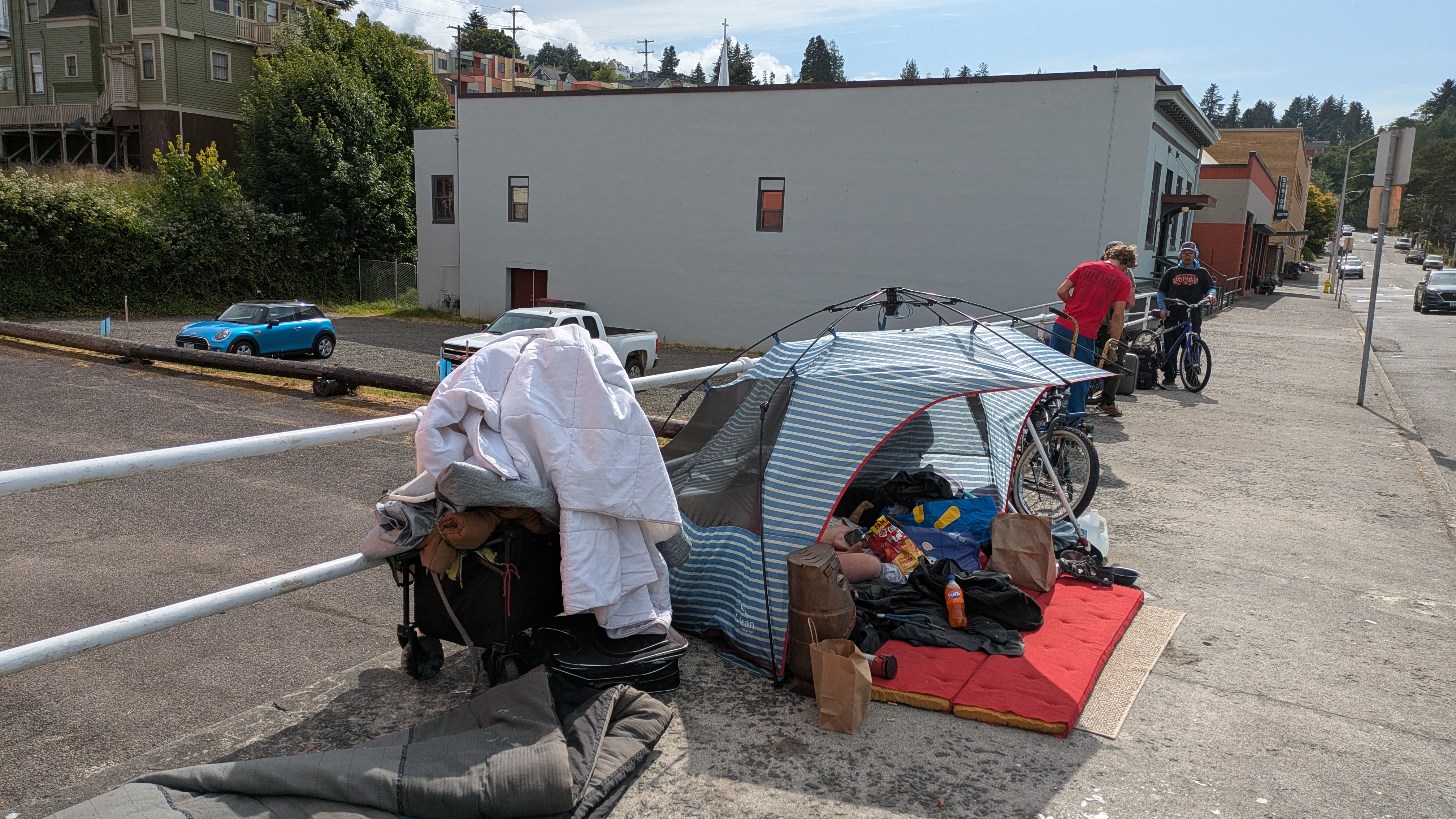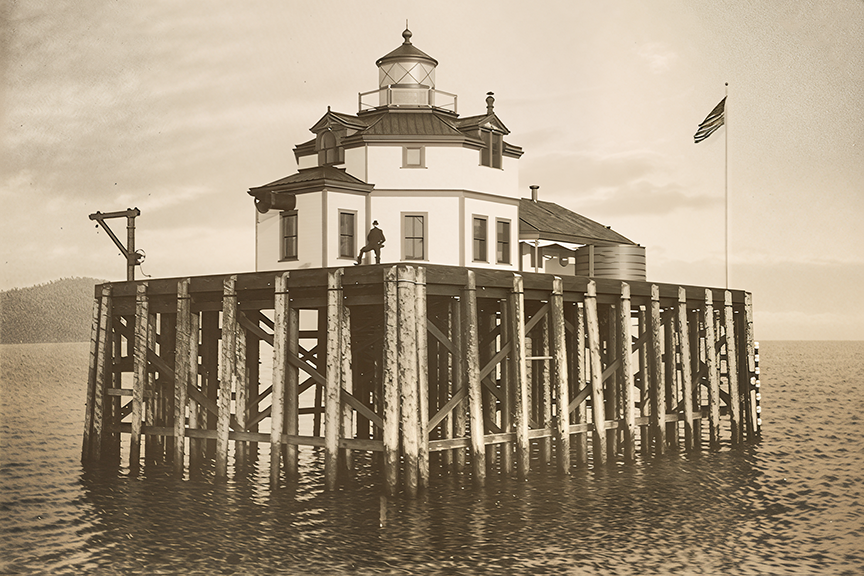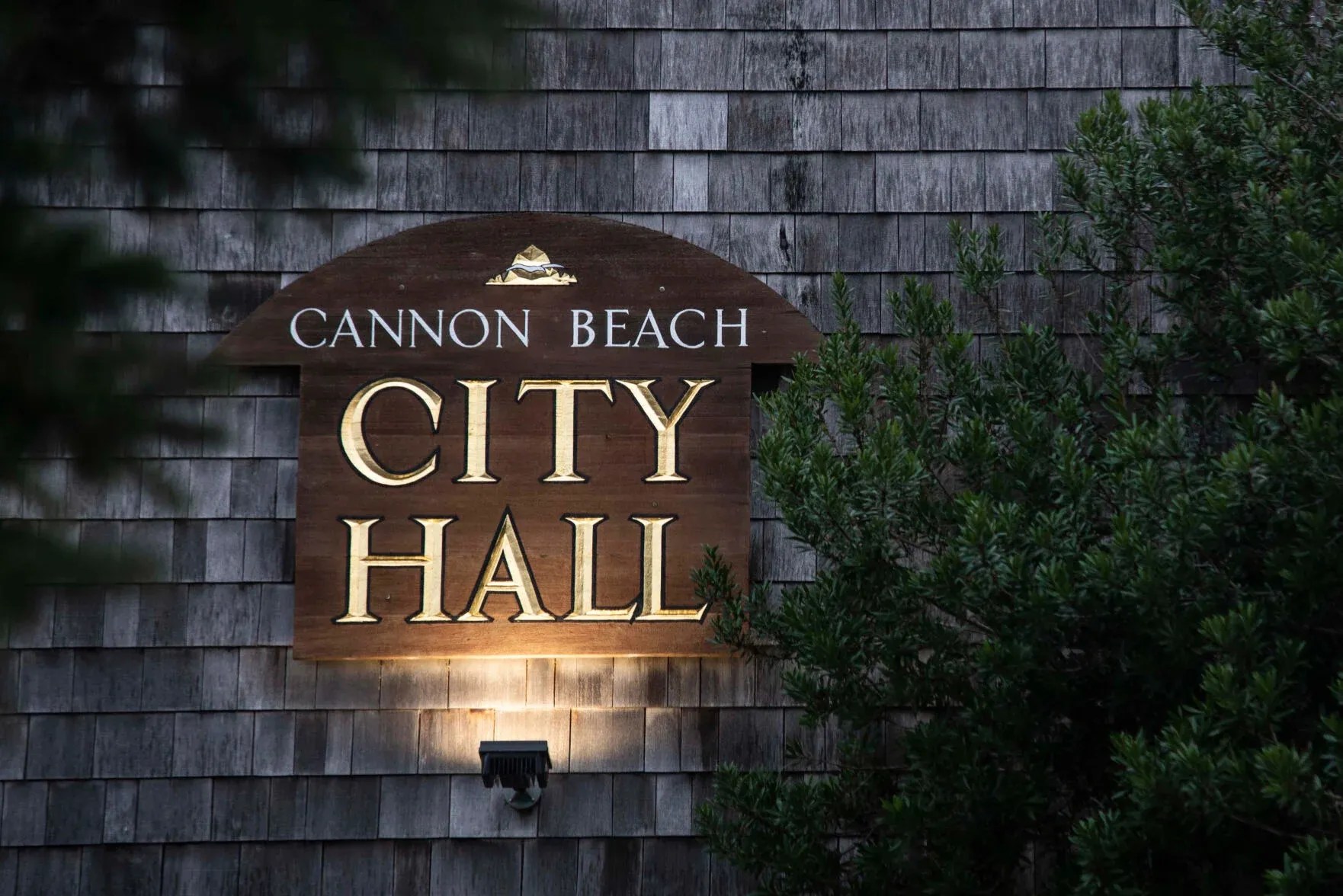Canoe builder captures art and functionality in his craft
Published 5:00 pm Monday, June 9, 2003
WHEELER – You may have noticed them suspended from rafters in front of the Nehalem Bay Kayak Co., in Wheeler – sleek, semi-transparent water craft which seem to hearken from another culture, another time.
In a sense, they do. Brian Schulz, of Manzanita, built these skin-on-frame boats in part as an homage to the Aleutian people, who used similar vessels to hunt seals in the Bering Sea.
A look inside the kayak. “I build them to share the cultural aspects with people, and I build them as art,” he said. “There’s nothing like looking at your boat on the beach with the sun shining through and showing the framework.”
As one might expect from their appearance, the boats are swift and light- weight. However, “They weren’t built for recreation, they were built for hunting,” said Schulz, who works at the Kayak Co. “The Aleutians wielded these boats with incredible speed through icy water and 60-mph squalls. They survived off the sea and flourished off the sea for 6,000 years. That’s incredible.”
The Russians, who eventually subjugated the Aleutian people, called the kayaks baidarkas, which meant “little boats.” Baidarka “is a name imposed by a conquering people,” said Schulz. “There’s no pronounceable Inuit word that we have.”
Schulz built four Aleutian-style boats last winter, when the kayak shop was closed for the season. “I’d like to thank (store owner) Julie ( Chase) for letting me turn this space into a workshop.”
Brian Schulz with his craft.Original Aleutian kayaks were made with materials found in the Arctic. “There wasn’t much wood, other than what washed up on the beach,” said Schulz. Boat frames were fashioned from split black spruce and yellow cedar tree species which are not native to Oregon.
“My frames are sawn red cedar and fir.” He used white oak for seat slats and some trim, and eastern ash for the coaming (or the wood ringing the cockpit). The ribs of his boats are made of willow. As with Aleutian kayaks, “all the joints are lashed and doweled.”
Although Schulz carved a “spirit line” in his boats, in keeping with the Aleutian custom, he doesn’t claim to produce true replicas. “I don’t really view my boats as being all that traditional. … What attracts me to the craft is seeing something superior in its native incarnation. They offer incredible performance on the water for the positions I like to be in.
“I think it would be kind of pretentious to say that I’m reviving a native tradition. I’m not doing it in the spirit of hunting. It’s more a tribute to a people, a craft, a way of life – it’s about getting in the boat, taking a journey and finding out how someone else’s life may have been.”
While the Aleutians used seal skins to cover the frames of their crafts, Schulz used polyester. “Others use canvas or nylon,” he noted. However, canvas shrinks and nylon loosens over time. Polyester, on the other hand, is a non-porous fiber. “It’s very strong and stable, but you have to sew it on really tight.” He spent 14 hours hand sewing each skin onto its frame.
“The frame has to be able to flex,” he said. “The skin brings everything into compression. What makes the boats really special to me is the philosophy of strength in flexibility rather than strength in rigidity. “
Schulz’s baidarkas weight roughly 27 pounds – that’s compared with 65 pounds for plastic kayaks, and 50 pounds for fiberglass kayaks.
He forgoes contemporary paddles in favor of Greenland-style paddles, which he constructs himself. “They’re very similar to Aleutian paddles, ” he said. However, Aleutian paddles – which are flat on one side and convex on the other, with grooves running along one blade – are much more complicated to build. Both Aleutian and Greenland paddles are more efficient for sea kayaking, he added. “In the rough conditions of the Bering Sea, wing-bladed European-style paddles would get torn right out of your hand.”
Schulz launches his boats from the beach at Manzanita before heading to the base of Neakkahnie Mountain. “I love looking at the sea cliffs, the seals, the fish.” He fits his kayaks with an outrigger when he’s on the ocean. Sometimes “I like to paddle them on the bay – it’s nice just be on the quiet water and see the elk.”
Schulz began kayaking eight years ago. “I started with a long, plastic whitewater kayak, which I had up until last year when the plastic fell off and it shattered.”
However, it was a subsequent model that eventually drew him to baidarkas. “I was given an old folding kayak. In doing research on how to use it, I stumbled on information on skin-on-frame kayaks.”
Shortly thereafter, “I met someone who was building one,” he said. She had stalled in her efforts, “and I helped her complete it.”
It costs Schulz about $500 in materials, and takes nearly 110 hours of his time to construct a baidarka. He sold one boat for $2,000, figuring the amount covered his financial investment, while paying him a living wage for his labor.
Schulz intends to build additional kayaks tailored to a purchaser’s needs. “These fit your body.” They’re also tailored to personal “paddling abilities, paddling styles and paddling desires. … I would do a consultation – take physical measurements and find out what they want to do. They may not want an Aleutian kayak, they may want a Greenland kayak.”
This summer, “time permitting, I’m hoping to build a Micronesian sailing canoe called a proa,” said Schulz.
He also plans on building four or five Greenland-style kayaks this fall and winter. “Hopefully, after that I’d like to open a school. There’s nothing more empowering than a person building their own boat. ” Similar schools exist in the San Juans, “But there’s really nothing in Oregon. There’s not a huge interest in skin boats, but there’s not a huge exposure in skin boats.”
Meanwhile, “If someone wants to build their own boat, I’m happy to help them. I want to spread this technology. It’s not so much about making money for me. … It’s more about the element of spiritual expression.”
Harvey Golden, of Portland, “is an excellent resource,” said Schulz. “He has surveyed and rebuilt almost 40 traditional kayaks. … His boats are actual replicas. His house is like a museum.” Photos of Golden’s replicas, along with specifications, are available on his Web site, located at http://home.pacifier.com/~qayaq/.
For more information, e-mail Schulz at proasailor@yahoo.com, or call him at Nehalem Bay Kayak Co. at (503) 368-6055.





